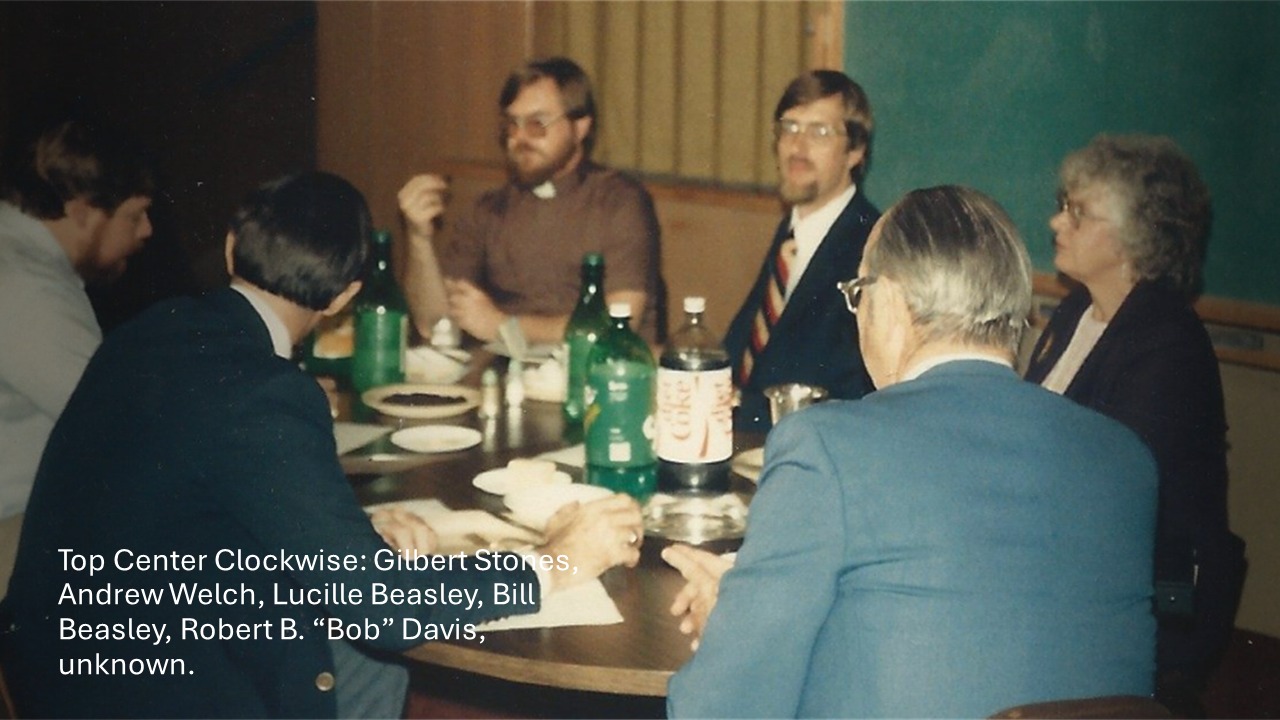Presidents, Abbots, and Other Presiding Officers of the Order of Saint Luke
A Composite List Compiled by Mark W. Stamm, O.S.L., Historian for the Order, November 28, 2023
(Full documentation, with many details, will be available in a longer document that remains in process)
- Romey P. Marshall, Director, then Director-General, then President (name changed to President after a Convocation in 1951) 1946-1962.
- John Bishop, President, 1962-1964.
- A. David Seeland, Acting President, 1964.
- Edward M. Perkinson, President, 1964-1965
- Hoyt L. Hickman, President, 1965-1968
- Thorwald Torgersen President, 1968-1971
- Donald H. Brown, President, 1971—1980
- Vernon Schmid, President, then Canon, 1980—1982
- Clifford Field, Canon, 1983-1984
- Michael J. O’Donnell, Canon, then from 1986, Abbot, 1985-1996
- Dwight W. Vogel, Abbot, 1996-2000
- Mark W. Stamm, Abbot, 2000-2008
- Daniel T. Benedict, Jr., Abbot, 2008-2016
- Elizabeth S. Moore, Abbot, 2016-present
Notes and Commentary
- We should note that the Order returned Marshall to the title “Director” after John Bishop was elected President in 1962. In this case, it appears that Director was more than an honorific title, that the Order wanted to honor Marshall’s founding leadership and service, but that they also wanted to keep his voice within their circle of leaders.
- Notice that throughout our history, we have used five different titles to refer to our Presiding officers, with the current title, Abbot, being the most recent. If we add “Acting President,” it becomes six titles.
- One might argue that the evolution in titles reflects emerging discernment about the charism and vocation of the Order.
- In a matter discussed at the time of our fiftieth anniversary, the Order decided that it would not retroactively impose the title “Abbot” on those leaders who had served prior to 1984-86. That seems a wise decision, one that takes seriously our understanding of the Spirit’s unfolding work within our little corner of the communion of saints.
- Again, the unfolding of the titles reflects our historical development and discernment, and there are narratives embedded in each decision. For a recent example, note that we decided not to use the name Abbess relative to our current spiritual leader.
